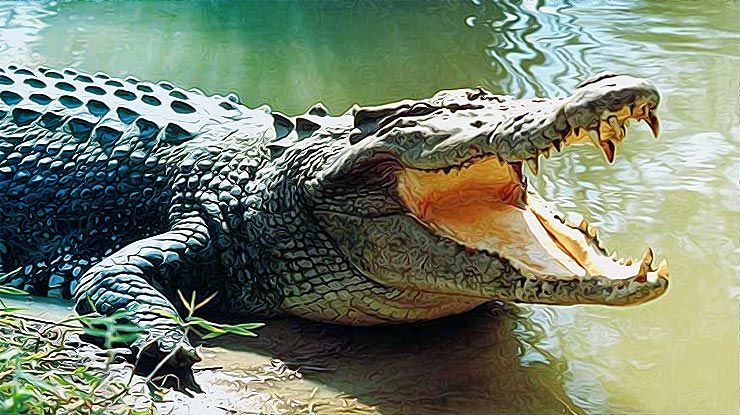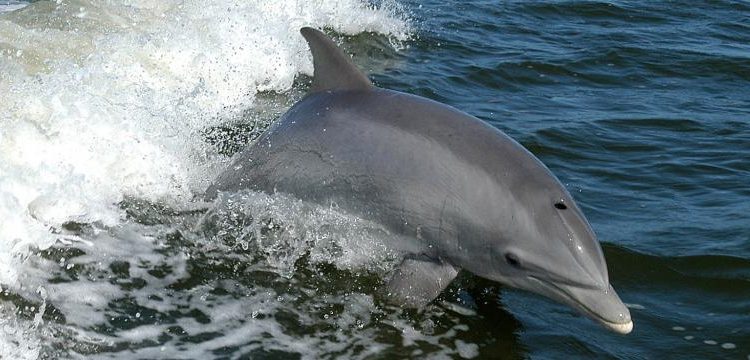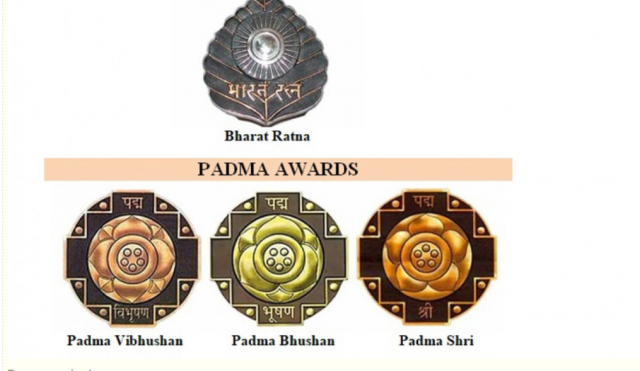Bhitarkanika National Park Reopens After Crocodile Census: Marginal Increase in Crocodile Population
Bhitarkanika National Park in Odisha’s Kendrapara district has reopened for tourists after a nine-day closure for the annual crocodile census. The park was closed from January 14 to January 22 to ensure the smooth conduct of the census, which revealed a slight increase in the crocodile population. According to Rajnagar Divisional Forest Officer (DFO) Sudarshan Gopinath Yadav, this year’s census recorded 1,826 crocodiles, compared to 1,811 last year, indicating a small yet positive growth in numbers. The census, conducted over three days from January 19 to 21, was led by senior biologist and researcher Sudhakar Kar.
This year’s survey provided fascinating insights into the park’s crocodile population, including the discovery of some exceptionally large and old crocodiles. Two crocodiles measuring over 20 feet were spotted near FRH Jetty, with another seen between Gupti and Hansina. These massive reptiles are estimated to be between 100 and 120 years old. Numerous crocodiles over 15 feet in length were recorded in areas such as Balipatha, Thanpati, Ganjeikhia, Shuayor, Godharapal, Gumuragaon, and Jayanagar-Khola.
The census also revealed an increase in the number of white crocodiles in Bhitarkanika. Last year, 16 white crocodiles were spotted, while this year the number rose to 20. However, officials noted a decline in crocodiles measuring 6 to 8 feet in length, highlighting the need for continued conservation efforts.
Bhitarkanika National Park, often referred to as India’s mini-Amazon, is renowned for its thriving ecosystem and is home to one of the largest populations of estuarine crocodiles in the world. With the park now reopened, visitors have the chance to explore its rich biodiversity and witness these majestic reptiles in their natural habitat. The forest department continues to ensure sustainable conservation practices while promoting eco-tourism in the region.
Bhitarkanika National Park in Odisha’s Kendrapara district has reopened for tourists after a nine-day closure for the annual crocodile census. The park was closed from January 14 to January 22 to ensure the smooth conduct of the census, which revealed a slight increase in the crocodile population. According to Rajnagar Divisional Forest Officer (DFO) Sudarshan Gopinath Yadav, this year’s census recorded 1,826 crocodiles, compared to 1,811 last year, indicating a small yet positive growth in numbers. The census, conducted over three days from January 19 to 21, was led by senior biologist and researcher Sudhakar Kar.
This year’s survey provided fascinating insights into the park’s crocodile population, including the discovery of some exceptionally large and old crocodiles. Two crocodiles measuring over 20 feet were spotted near FRH Jetty, with another seen between Gupti and Hansina. These massive reptiles are estimated to be between 100 and 120 years old. Numerous crocodiles over 15 feet in length were recorded in areas such as Balipatha, Thanpati, Ganjeikhia, Shuayor, Godharapal, Gumuragaon, and Jayanagar-Khola.
The census also revealed an increase in the number of white crocodiles in Bhitarkanika. Last year, 16 white crocodiles were spotted, while this year the number rose to 20. However, officials noted a decline in crocodiles measuring 6 to 8 feet in length, highlighting the need for continued conservation efforts.
Bhitarkanika National Park, often referred to as India’s mini-Amazon, is renowned for its thriving ecosystem and is home to one of the largest populations of estuarine crocodiles in the world. With the park now reopened, visitors have the chance to explore its rich biodiversity and witness these majestic reptiles in their natural habitat. The forest department continues to ensure sustainable conservation practices while promoting eco-tourism in the region.







